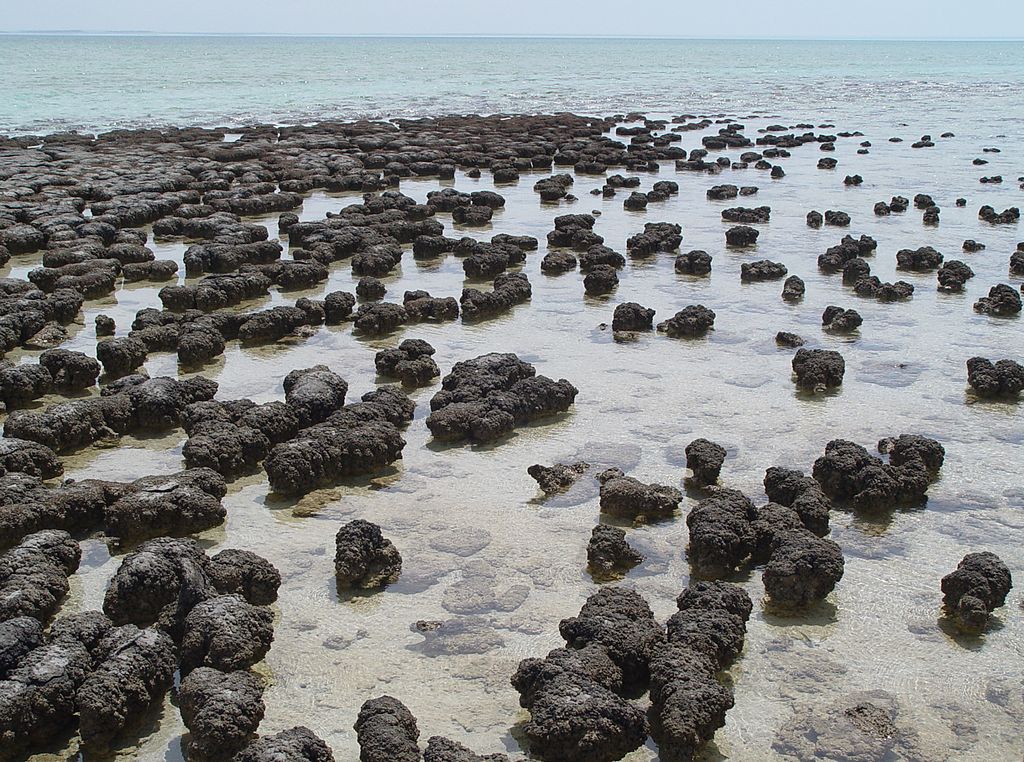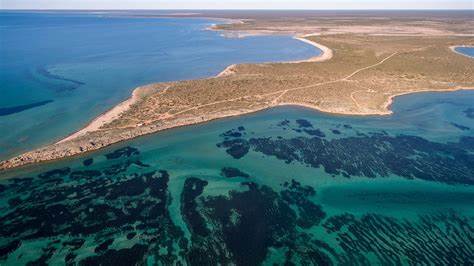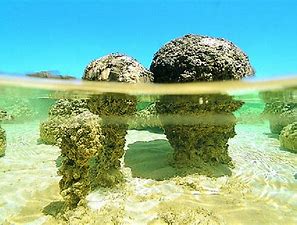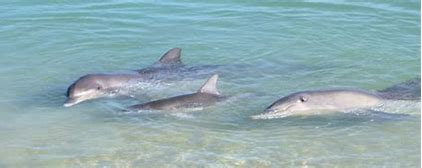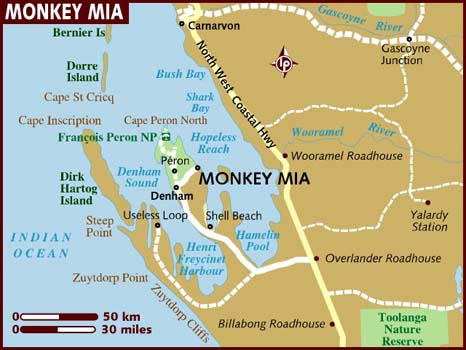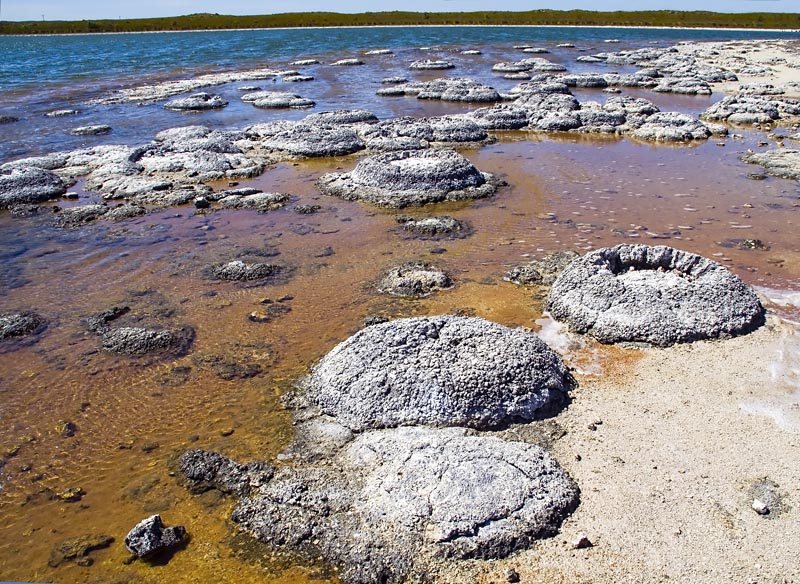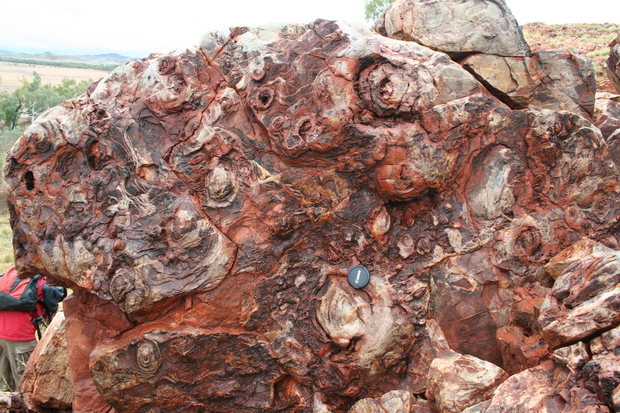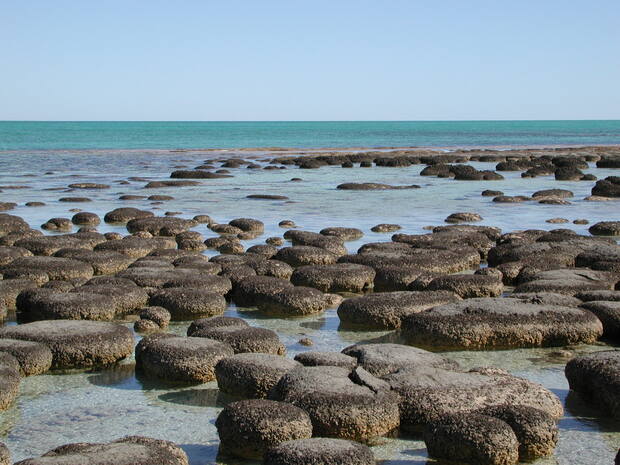
AsianOverland.net
Tour Guide - Itinerary
Asian Overland Sydney to London
Started 22/06/2022 Finished 21/06/2023365 Days ITINERARY
Day 19 date 10/07/2022BURRUP PENINSULA to SHARK BAY, PILBARA
ASIANOVERLAND.NET SYDNEY TO LONDON DAY 19: BURRUP PENINSULA TO SHARK BAY, PILBARA
The Pilbara is home to some of the world's most stunning ancient natural landscapes dating back 4 billion years.
Shark Bay is where the red sand and turquoise waters meet, and was my father's favourite place to visit during three trips around Australia in his mobile home.
The raw, untouched natural beauty of Shark Bay is home to Australia's unique wildlife and geology, with both fossil and living microbialites. Stromatolites, the most common type of microbialites, are abundant in rocks older than 500 million years, and are key fossils for understanding the origin and evolution of life.
The Geological Survey of Western Australia (GSWA) has developed a scheme for using stromatolites to date ancient rocks that are otherwise difficult to date.
The 'egg carton' stromatolites at the Trendall Reserve are among the oldest known structures which are biogenic, or living, in origin.
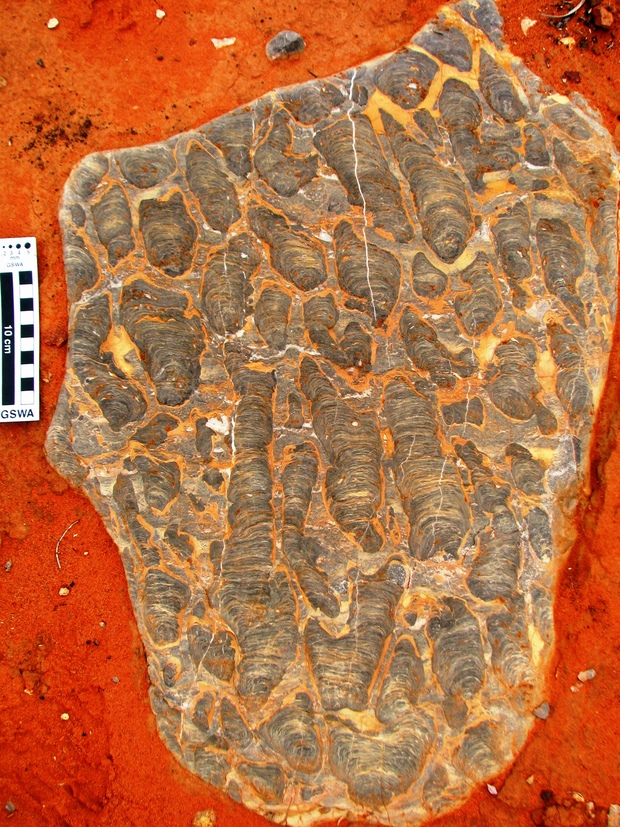
The Pilbara Aboriginal Language Centre Wangka Maya says the name for the Pilbara region derives from the Aboriginal word bilybara, meaning "dry" in the Nyamal and Banyjima languages. It could also take its name from pilbarra, an Aboriginal word for the mullet that is available in local waters. The Pilbara Creek is a tributary of the Yule River, where Sea mullet and barramundi are still caught today.
The Monkey Mia dolphins are friendly, and you can walk among the dolphins as well as the largest and oldest living fossils on the planet.
With over 700 historic Aboriginal archaeological sites and 1 million rock engravings, The Pilbara illustrates the unique history and culture of the local Aboriginal people dating back over 45,000 years.
An historic strike of Aboriginal pastoral workers in the Pilbara region of Western Australia began on 1 May, International Workers’ Day, in 1946.
The strike was a profound act of self-emancipation, winning significant freedoms for Marrngu (local Aboriginal people), who had been held in bondage on stations for decades suffering extreme exploitation, poverty and violence.
The colonial invasion of the Pilbara began in the late 19th century, unleashing genocidal violence on Aboriginal people, and police massacres continued into the 1920s.
© This work is copyright. Apart from any use permitted under the Copyright Act 1968, no part may be reproduced by any process, nor may any other exclusive right be exercised, without the permission of Peter Searle, peter@portseavillageresort.com; 1980-2024.
Website built by Justin O’Dea www.webdeveloperdocklands.com.au
